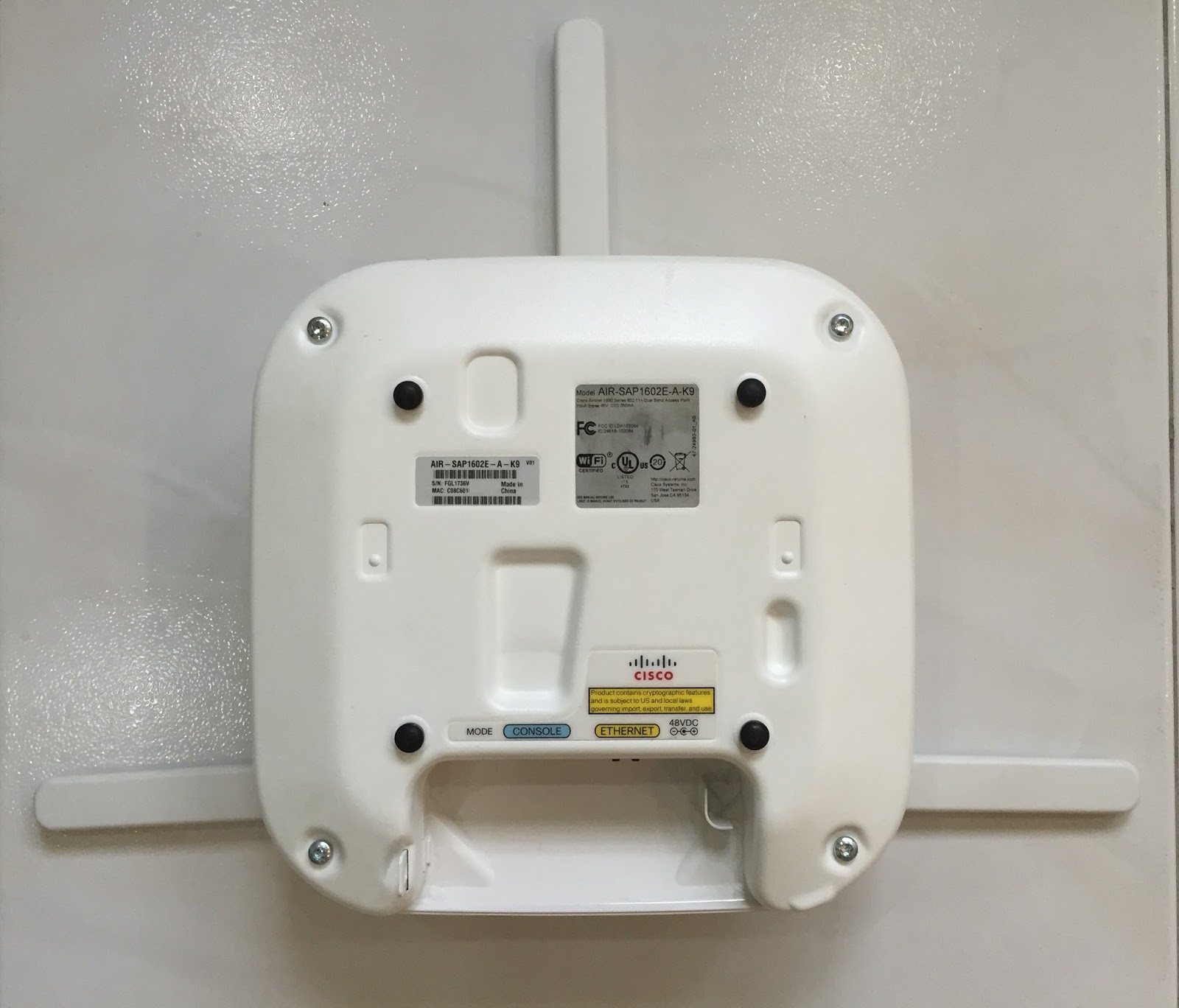

For example, an 1130 series access point can join a controller running either CAPWAP or LWAPP where an1140 series access point can join only a controller that runs CAPWAP.

The only exceptions are that the Cisco Aironet 1040, 1140, 1260, 3500, and 3600 Series Access Points, which support only CAPWAP and join only controllers that run CAPWAP.
#CISCO AUTONOMOUS AP CONFIGURATION GUIDE SOFTWARE#
The CAPWAP-enabled software allows access points to join either a controller running CAPWAP or LWAPP. You can deploy CAPWAP controllers and LWAPP controllers on the same network. Today, all Cisco controllers (and APs) use CAPWAP, but controllers can still recognize LWAPP requests and push to the matching AP a firmware that contains CAPWAP, so that the AP can join the controller successfully. Cisco integrated CAPWAP into their solution. After about 2 years of re-crafting, the slightly modified and improved, CAPWAP protocol came out, intended as being an RCC, therefore available to anyone. LWAPP was offered as a basis to a something IETF already working on called Control and Provisioning of Access Points (CAPWAP). When Cisco acquired Airespace in 2005, they sponsored an effort to standardized this protocol. LWAPP was invented in 2001 as a mean for an AP and a controller to exchange control and data, by a company called Airespace. What about CAPWAP?ĬAPWAP, based on LWAPP, is a standard interoperable protocol that enables a controller to manage a collection of wireless access points. All services are self-contained and individually managed by each AP. The AP itself is in charge of all the operations such as managing SSIDs, security, client authentication, even DHCP and DNS. The controller tells the AP who to transmit to and what to transmit and all added on security, OoS and so on.Īutonomous Mode: Also known as Standalone Mode. Think of the AP is simply an Ethernet extension transmitting data frames between wire and wireless. Sometimes it is embedded into ISR router or a switch such as Cat3850. The WLC can be a physical appliance for large networks or it can be a virtual machine. Lightweight (LWAPP) Mode: Centrally managed by a Wireless LAN Controller or WLC. Autonomous Modeįirst of all let’s put all the terms together. In this session we’ll explain converting Cisco Wireless Access Point Lightweight mode Autonomous mode. If you are setting up a wireless network for a larger office space that requires more than 3 access points locally or remotely across multiple geographic locations, deploying in Lightweight mode is recommended. If you are dealing with a single location, a small office or home network, autonomous mode is recommended. When you are deploying the AP on your network, you must decide what mode you want to run. Whether a Cisco wireless access point (AP) was pulled from production or purchased new, it comes in one of the two operating mode: Lightweight or Autonomous Mode.


 0 kommentar(er)
0 kommentar(er)
